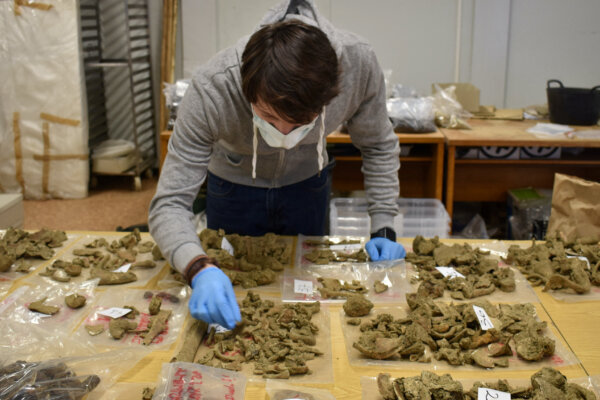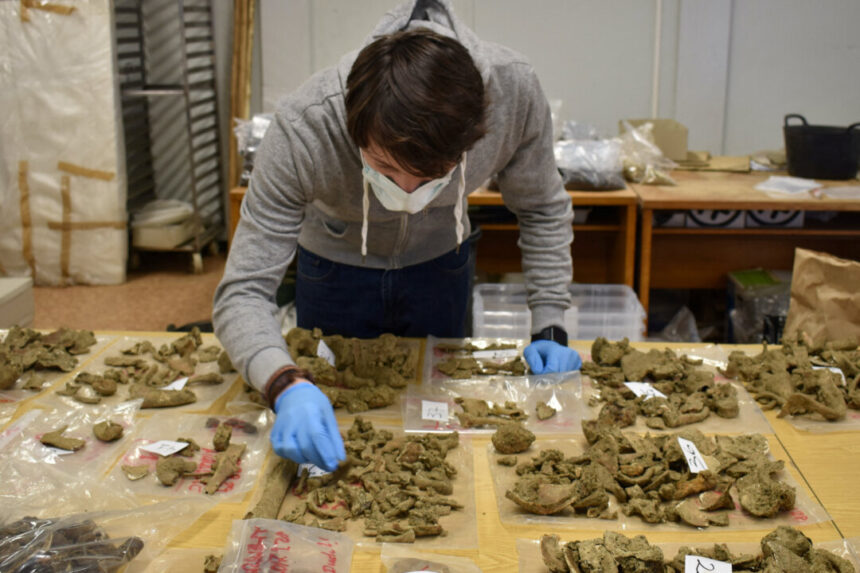
A recent study suggests that the remains found in a tomb in northwestern Spain may belong to a ninth-century bishop who is believed to have played a significant role in creating the Camino de Santiago pilgrimage route. The study, published in the “Antiquity” journal, utilized bone analysis, carbon dating, stable isotope analysis, and DNA testing to support the theory that the human bones discovered in 1955 could be those of Bishop Thedomir.
According to oral tradition, Bishop Thedomir is credited with discovering the tomb of St. James the Apostle in Santiago de Compostela in the ninth century. This discovery led to the establishment of the “Primitive Way,” a 146 km pilgrimage route that is now part of the popular Camino de Santiago.
The existence of Bishop Thedomir had been a topic of debate until the tombstone with his name was found under Santiago de Compostela’s cathedral in 1955. While previous studies had conflicting conclusions about the gender and age of the individual, the latest research led by Patxi Perez-Ramallo from the Norwegian University of Science and Technology suggests a strong likelihood that the remains belong to Bishop Thedomir.
Carbon-14 dating indicates that the individual died after the age of 45, and the bone features suggest a lifestyle consistent with high clergy of that time period. Perez-Ramallo stated that there is a “98% likelihood of it being Theodomir,” shedding new light on the history of the Camino de Santiago pilgrimage.





